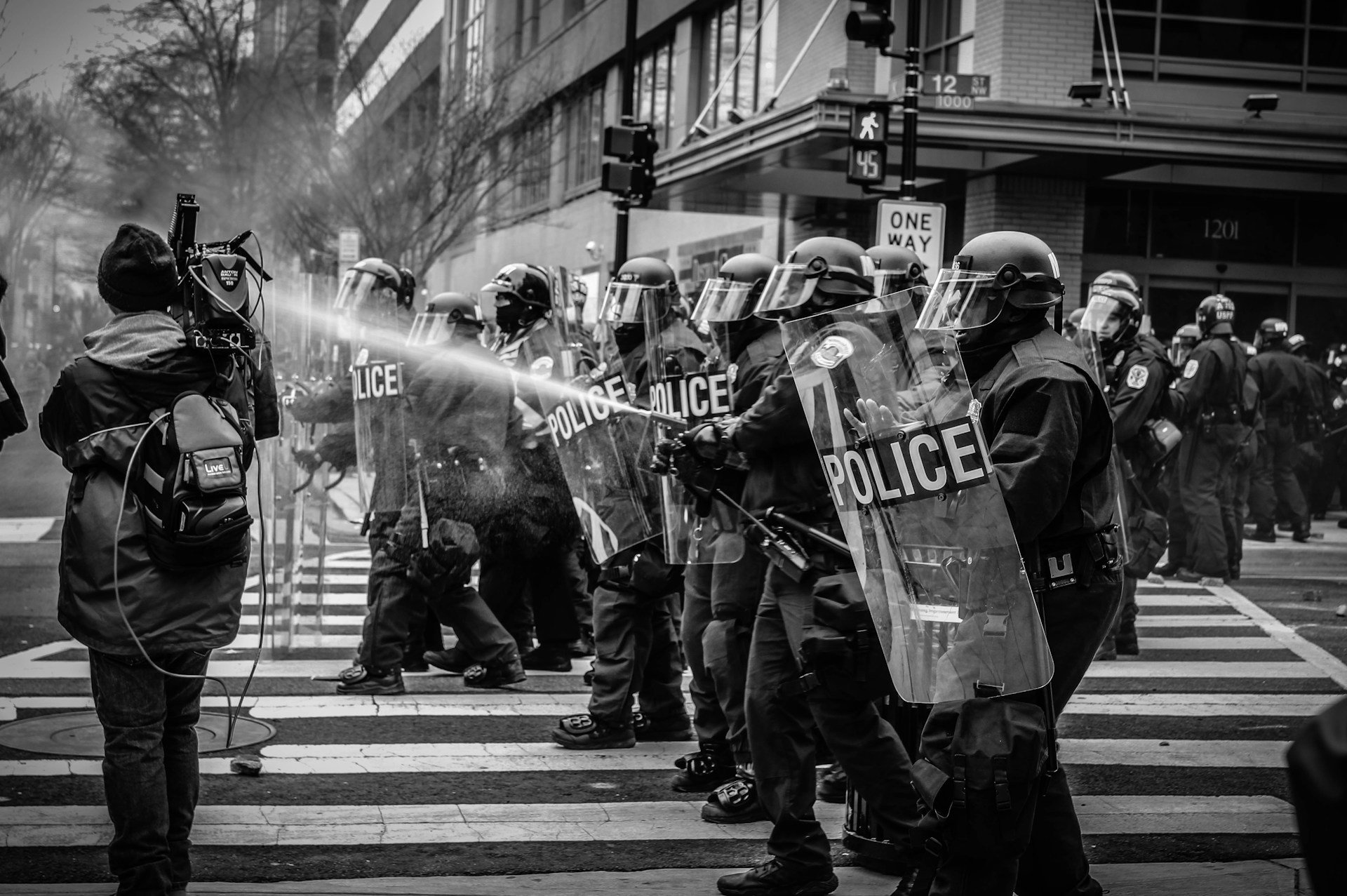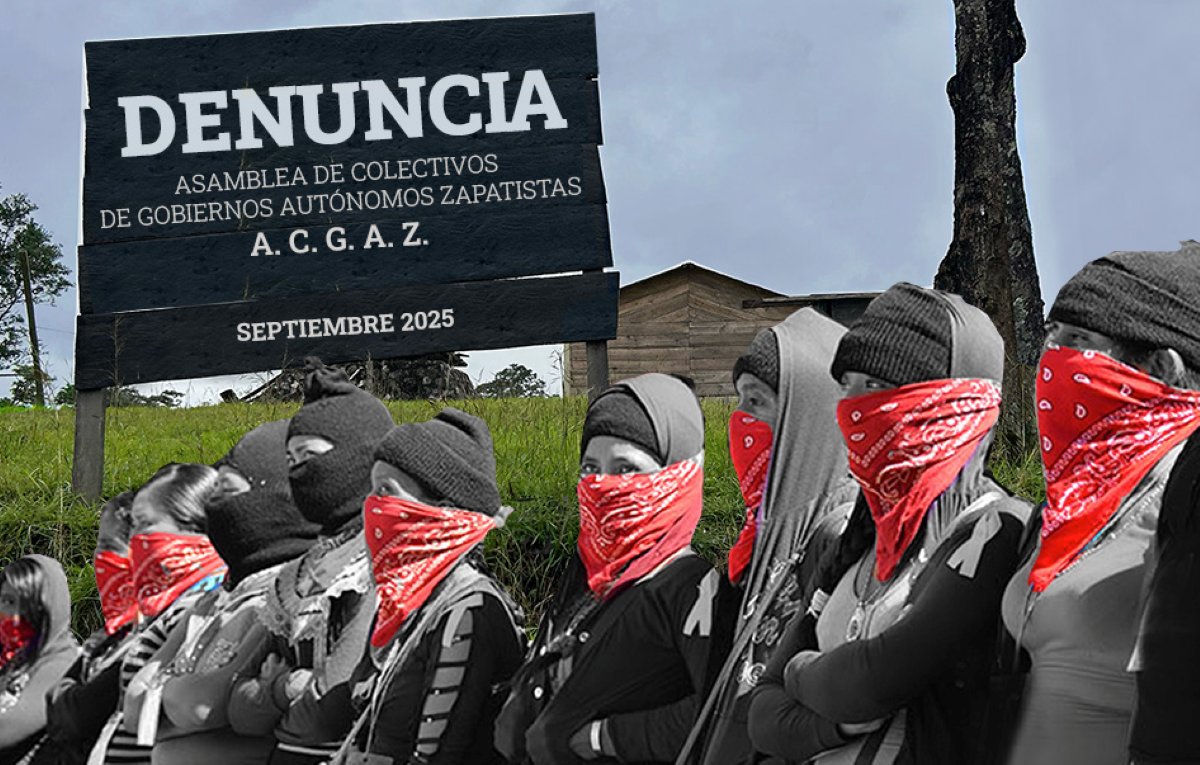Filed under: Analysis, Anarchist Movement, Canada, Gentrification, Political Prisoners, Solidarity, US

An anarchist analysis of the struggle against gentrification as well a statement of solidarity from the US to anarchists in so-called Canada facing jail time in the wake of the Locke Street Riot.
On November 29th, 2018, our anarchist comrades in so-called Hamilton, Ontario (traditionally home to Chonnoton, Haudenosaunee, and Anishinabeg peoples) took a non-cooperating plea deal for charges stemming from an anti-gentrification demonstration that took place in March 2018.
Under this plea, one person was sentenced to a year in prison, of which they expect to serve 5-6 months, and is now in jail; another will be sentenced to a shorter jail term in the new year; and one person received a 9 month conditional sentence entailing house arrest and a curfew. The other 5 of out the 8 accused will have their charges dropped in exchange for signing a peace bond and doing community service.
Anarchists in Hamilton were charged with property damage, masking up, and conspiracy to commit the former two acts, after a small but rowdy demonstration went through a continually gentrifying neighborhood along Hamilton’s Locke street. Some participants allegedly set off fireworks, carried a banner that said “We Are The Ungovernable,” and damaged vehicles and storefronts. The demonstration and resulting property damage fueled a venomous backlash from angry Hamilton shoppers, small-business owners, affluent residents, politicians, police, and the far-right. Weeks later one person was arrested, charged, and incarcerated. Ultimately, 7 more people were arrested and charged. Later, one person was placed on house-arrest and banished from Hamilton entirely, leaving them cut off from their home and social support. Several of the accused faced non-association conditions of release. Such conditions are a preferred method for disrupting anarchist organizing in Ontario. We later learned that these arrests were made due to the use of an undercover cop.
Though many of us who contributed to this statement live on the south side of the artificial border that separates so-called North America into two imperial nations, we draw inspiration from the fierce resistance to gentrification shown by our friends in Hamilton. We find affinity not just in our similar experiences of state repression but most importantly in our passion for freedom, the urgency with which we act, and our burning desire to combat the daily violence of capitalism and the state. It’s difficult to capture in writing the the rage we feel, our fury against the state for stealing our friends from us. Our desire to rebel against the individualist pressures of courts and daily drudgery of capitalism. Our agony knowing that carceral punishment is not unique to anarchists but rather part of the normal functioning of a system that exalts the well-being and property of the wealthy, an apparatus that perpetuates centuries of violent racism and settler colonialism. Our disgust at yet another case of government and public backlash over a handful of broken windows (ugh, fuck their stupid windows!) while meanwhile people are dying from poverty and displacement. Our exhaustion from grappling with the ongoing cycle of resistance and repression to which anarchists have long been accustomed.
On StateRepression
- anti-mask laws;
- conspiracy charges;
- grand juries;
- collusion with the far-Right; and
- the use of undercover cops.
These tactics are part of an ongoing effort to crush anarchist resistance.
With repression, the State aims to shift the terrain from the streets into the courts, where those in its trap are forced to cater to the narrow confines of the legal system. Struggles are removed from their context and the debate moves away from the issue at hand and becomes a discussion of “crime,” “guilt,” and “innocence.” The charges aren’t about the alleged acts themselves, but rather about using the logic of law and order to scare and isolate us, while draining our resources and time.
Let’s be clear: the media-labelled “Locke Street Riots” were not “random and senseless”, but rather, a direct response to rapid gentrification in Hamilton. This urgent and ongoing crisis is characterized by skyrocketing rents and deepening poverty and has been challenged by anarchists and other resisters in many ways: rent strikes, tenant organizing, pressure campaigns, demonstrations, really really free markets, graffiti, vandalism, and so much more.
We support the political logic of property destruction as one of many tactics in the struggle against gentrification in Hamilton and elsewhere. The city’s reaction to the incident clearly demonstrates one key feature of the issue at hand – a system and set of policies that value the property of the wealthy above the human need for a place to live. That said, it also feels important to point out that property destruction doesn’t need to have a readily identifiable political logic to be valid (whatever “valid” means). When a person decides to wreck a parking meter because they can’t afford to pay or hate the way they have changed their neighborhood, their act is a contribution to anti-gentrification struggles, even if it happens outside of “politics.” Of course, the media can’t understand this and as anarchists have seen time and time again, the media is never our friend. Instead, part of their reason for existing is to minimize resistance and to reinforce the status quo and a key way of doing that is to dismiss acts (such as property destruction) that falls outside traditional politics as “senseless” and ignore or prosecute the underlying reasons that would motivate someone to respond in that way.
On Gentrification & Resistance
Gentrification is an inter-locking set of government policies, real estate development, and urban infrastructure expansion characterized by rapid displacement. Gentrification usually involves an influx of affluent residents and businesses that cater to them while displacing the existing lower-income residents and their institutions, amenities, and culture. Gentrification mirrors and reproduces racism and colonialism, as those displaced are often people of color, migrants, and/or indigenous as well as being poor or working class. Like all aspects of capitalism, we are brainwashed to accept gentrification as inevitable, natural, a marker of “progress.” On the contrary, we know the displacement of people from their homes, the evictions, deportations, harassment, and increasing poverty are violent and deadly processes that are controlled by those in positions of power. These processes are set in motion by politicians and real estate developers while business owners and landlords cheerlead and profit from an increase in sales.
Gentrification isn’t just about trendy artisan donut shops, upscale clothing boutiques, and high-rise condos, although the emergence of those in hamilton are a sign of a broader shift towards an urban space that caters to the wealthy and excludes the rest.
Gentrification is about capitalism.
In many ways, it’s the newest face of accumulation and unequal development, the latest cycle in a history of capitalism stretching back through centuries of the displacement and state-sponsored murder of poor and indigenous folks. Today we see it accompanied by expanding police violence, evictions, deportations, and an increasing disparity between the wealthy and those who are not. And it’s not just Hamilton. Gentrification is happening across so-called North America and many other parts of the world. In city after city, people are being pushed out of their homes while a newly rebranded capitalism promotes a benign veneer of sustainability, inclusiveness, and “place-making.” If you peel it back, it’s a vision of an incredibly polarized world where an expanded class of service workers is expected to cater to the whims of the new elite. Wherever gentrification is happening, the conversations of gentrifiers, city governments, and progressives tend to stifle any discussion of the realities of the displacement and violence that are actually happening. Instead, the gentrifiers and their apologists try to frame the opening of every new brewery or loft apartment building as the most important thing to happen to that area. Those who can’t afford this lifestyle are expected to be docile and thankful for the crumbs of a few low-income apartments or service jobs–even as life becomes an ever-more difficult struggle.
In Solidarity
- Help break the imposed isolation and boredom of day after day in solitary confinement by sending letters and printed texts. Cedar is currently in the Barton jail and will soon be moved. They can’t receive books but staple-free printed materials may get in. Current address here and check their support site for address updates.
- Donate or throw a fundraiser to help cover legal expenses.
- And, of course, take action against gentrification where you live!
- “How Do We Fight Gentrification” audio zine
- “Towards an Anarchist Approach to Gentrification”
- “What a City Is For”
- “Beyond Support” zine
- Parkdale Organize: Gentrification Is The Tip of the Iceberg
- Hamilton: Big Landlord Issues Mass Eviction Notices Against Organized Tenants
- “Anti-Gentrification Direct Actions – Philadelphia 2013-2018” zine
- As a soundtrack, Lee Reed’s “The Steel City EP”





